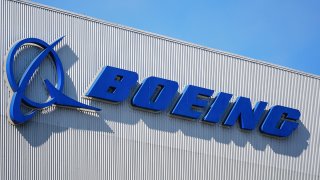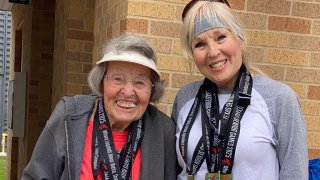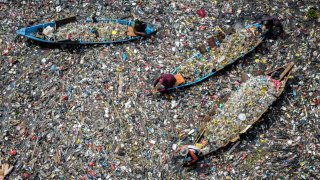Obesity and excess weight have long been associated with an increased risk of breast cancer development or death. One explanation, according to recent research, is that some breast cancer tumors may consume nearby fat cells.
The results could aid researchers in the treatment of triple-negative breast cancer, which is known to be aggressive and has a poor prognosis. The report, which was published in Nature Communications on Wednesday, also suggests that the findings could be applicable to any cancer that uses fat as an energy source.
With NBC 7, you can watch San Diego News for free, anywhere, at any time.
A little over 15% of all breast cancers are triple-negative. Compared to other cancers, it is more likely to recur and is more prevalent in Black women and women under 40.
By inserting a straw-like device into the fat cells and subsequently dislodging the lipids contained there, the breast tumor cells seem to be able to access the content of the fat cells.
Swiss pharma giant Novartis bets on a breast cancer blockbuster as sales rise
Celebrity breast cancer announcements highlight rising rates in young women
Cancer cases are increasing in women while declining in men, report finds
According to the study’s principal author, Jeremy Williams, a postdoctoral scholar at the University of California, San Francisco, researchers may have a solution for the frequently fatal diseases if they can prevent tumors from burrowing into nearby fat cells without endangering patients.
According to Williams, aggressive cancer cells can use a variety of nutrition sources to aid in their growth, such as inducing the release of lipids from breast fat cells. By blocking the tumor cells’ access to lipids from nearby cells, future therapies may starve the tumor cells. Fatty substances called lipids, including cholesterol, are mostly utilized by the body to store energy.
Williams and his associates conducted a number of tests, some with tissue from individuals with breast cancer and others with a mouse model of the disease.
The researchers looked at fat cells at different distances from tumor cells in tests that were conducted solely on human tissue. They discovered that the fat cells were more lipid-depleted the closer they were to the tumor cells.
The tumors ceased to develop when the researchers prevented the tumor cells from forming the straw-like structures, which are known as gap junctions.
In a mouse model, where tumor cells from patients with breast cancer were genetically altered to lose some of their capacity to form gap junctions, they discovered a similar outcome. Mice were protected when the tissue was placed in them.
According to Williams, a single gene knockout hampered the tumor’s development and growth.
In order to explain an earlier finding from the lab where he worked, Williams and his colleagues began investigating mechanisms.
According to him, these tumors were using fatty acids as fuel. The source of the fatty acids appeared to be an essential question.
According to Williams, a number of drugs that prevent gap junction creation are really being investigated for different uses in early-stage clinical trials.
How cancer ‘grows and feeds itself’
It’s the first indication of a mechanism linking fat to cancer, according to Dr. Julia McGuinness, a breast cancer specialist and associate professor of medicine at Columbia University’s Vagelos College of Physicians and Surgeons.
According to McGuinness, it’s also pointing to a treatment avenue for aggressive malignancies for whom there are currently no effective treatments. We already know that the prognosis is poorer for obese women with certain types of cancer.
According to McGuinness, the new findings may also imply that lifestyle changes that assist women in reaching healthy weights may also offer protection against certain types of cancers. She said that obesity has been demonstrated to be a risk factor for all types of breast cancer, suggesting that losing weight could be preventive.
According to Justin Balko, the Ingram professor of cancer research at Vanderbilt University Medical Center, the study’s authors discovered methods to examine the mechanism connecting fat to the formation of breast cancer that were not possible to test in humans.
“We discovered a new mechanism for cancer to grow and feed itself,” Balko added. Different approaches to patient care may result if some of the same effects are seen in people.
However, there are restrictions, Balko stated. For instance, we don’t know if this is a key mechanism by which human breast cancer spreads, he said. However, it makes a great deal of sense.







